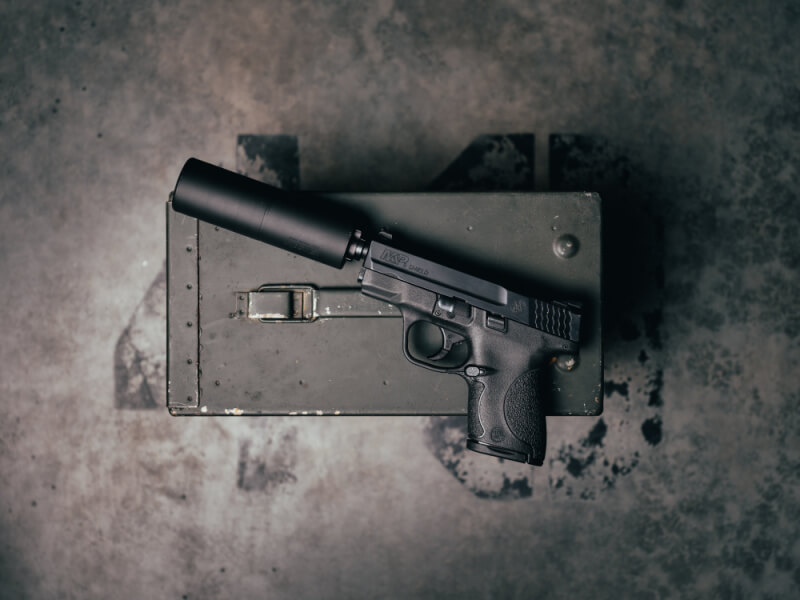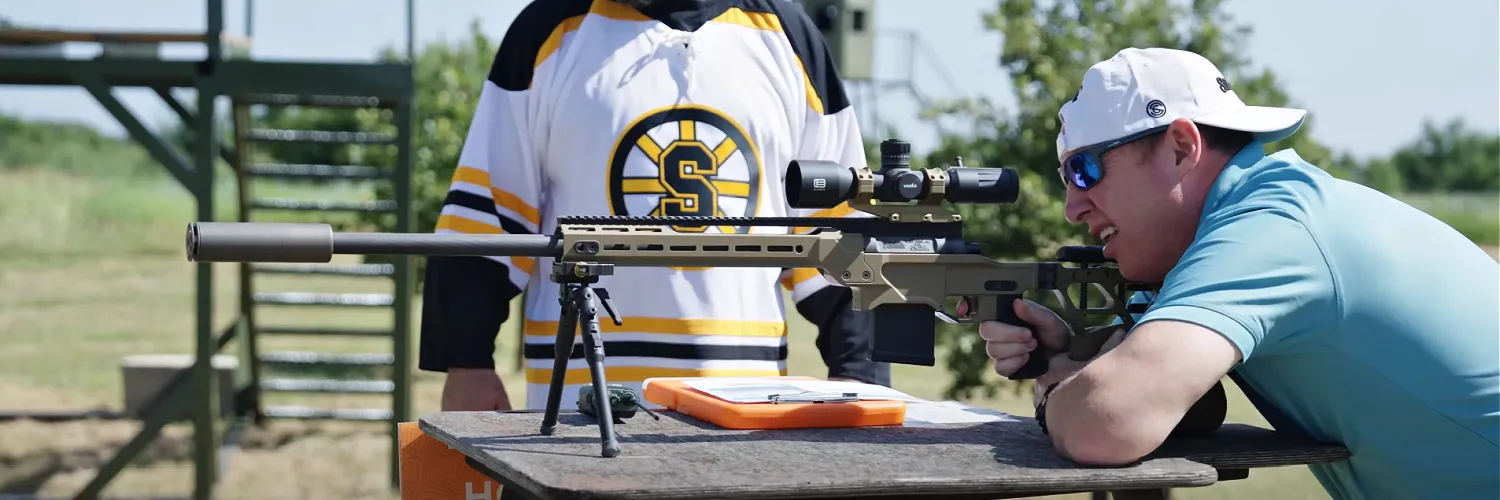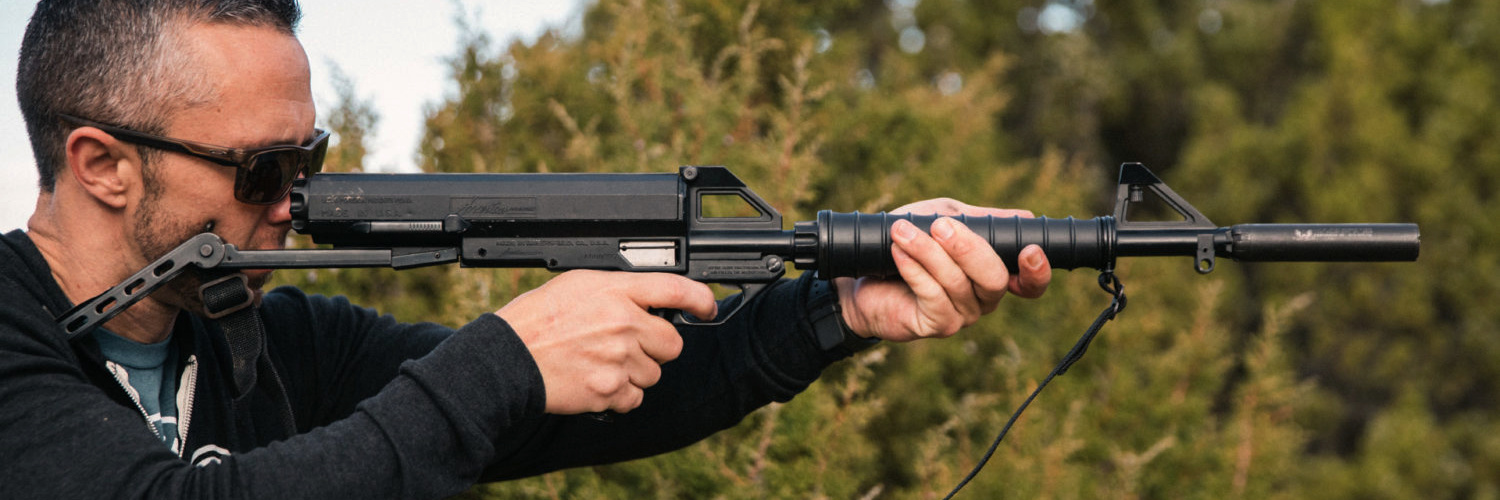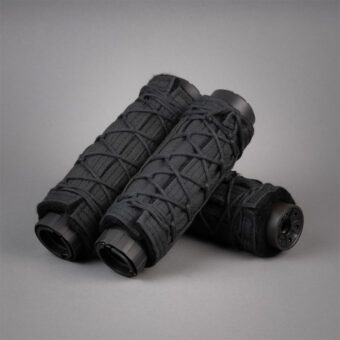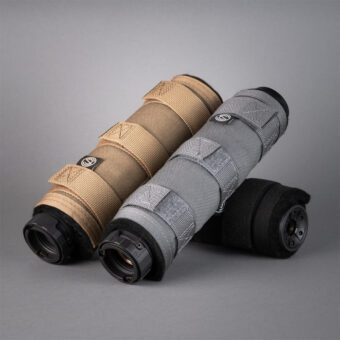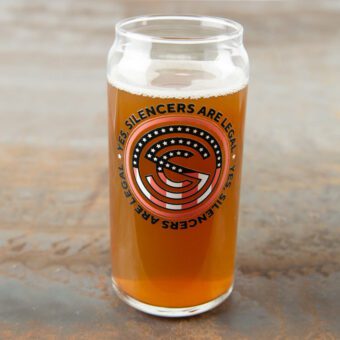Home / Firearms & Gun Parts / Understanding Subsonic Versus Supersonic Ammunition
Home / Firearms & Gun Parts / Understanding Subsonic Versus Supersonic Ammunition
Understanding Subsonic Versus Supersonic Ammunition
Kat Ainsworth Stevens
If you’ve spent some time in the aisles of your local gun store — or browsing ammo online — you’ve probably noticed a variety of classifications for ammunition. Supersonic and Subsonic are two ammo categories that are specifically relevant to the world of silencers. These types of ammunition serve specific purposes, and if you’re shooting suppressed, you can definitely benefit from knowing more.
Let’s check out subsonic vs. supersonic ammunition — what they are, what they’re used for, and how understanding the differences between them can help you as a suppressed shooter.
What Is Supersonic Ammunition?
Supersonic ammunition travels faster than the speed of sound, producing a distinctive “pop” known as a sonic boom. This noise, similar to thunder or fighter jets, is typical for most ammunition.
Supersonic refers to speed, not sound, occurring when a bullet reaches or surpasses 1,125 feet per second. This is not directly tied to decibel levels. Many calibers, such as 9x19mm Parabellum, 22 LR, and 223 Remington, achieve these speeds even if not explicitly labeled as supersonic.
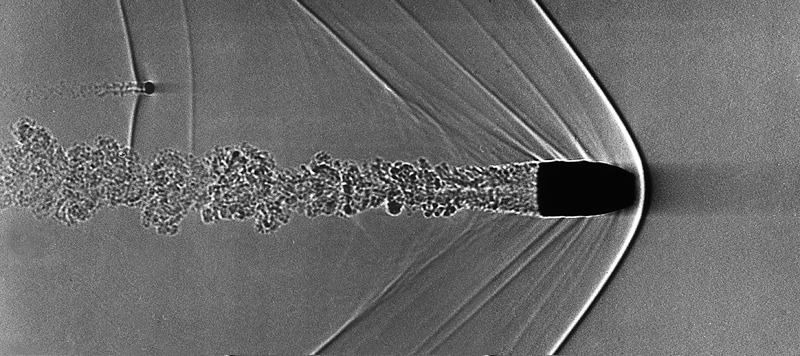
What Is Subsonic Ammunition?
Subsonic ammunition is designed to travel below the speed of sound, which is 1,125 feet per second. By staying under this threshold, it avoids creating a sonic boom, significantly reducing noise levels. This is often achieved by using a heavier bullet. While subsonic ammo lacks the distinctive crack of breaking the sound barrier, it still produces sound and is not silent by any means.
Various subsonic ammunition options are available, including loads for 300 Blackout, 30-30 Winchester, 350 Legend, 450 Bushmaster, 45-70 Government, 9x19mm Parabellum, 45 ACP, and 8.6 Blackout. It’s ideal for reducing your sound signature, especially when used with a silencer. However, some guns may struggle to cycle heavier bullets reliably. Factors such as the barrel twist rate and specific caliber can impact how well subsonic ammunition performs.
Is Supersonic Ammunition Better Than Subsonic Ammunition?
It depends on the use case. Yes, for certain uses, supersonic loads are preferable to subsonic loads. However, there are also cases where subsonic loads are better than supersonic. A great example is ammunition choice for self-defense. Your self-defense ammunition should move at higher velocities, transfer significant energy on impact, and deliver a flatter trajectory (among other things). Those are traits of supersonic ammunition, meaning for self-defense use, supersonic is ideal.
However, subsonic ammunition has advantages for hunting or recreational shooting at the range, especially with a suppressed firearm. Combining subsonic ammunition with a silencer reduces the decibel level of live fire even more than the silencer does on its own with standard ammo.
And if you’re using a caliber that was originally intended for subsonic use, such as 300 Blackout, the results are even better. Subsonic ammunition gives you an additional layer of hearing protection when used with a silencer. If you’re not using a silencer, you’ll still need to wear quality hearing protection, even if you’re using subsonic ammunition.

Does Subsonic Ammunition Change the Velocity of Bullets?
Because subsonic ammunition is specifically designed not to break the sound barrier, it moves more slowly than supersonic rounds, resulting a lower velocity.
For example, Gorilla Ammunition 300 Blackout 125 grain Pig Punisher produces a muzzle velocity of 2050 feet per second. In contrast, Gorilla Ammunition 300 Blackout 196 grain Subsonic Punisher has a muzzle velocity of 1000 feet per second (bullets must travel under 1100 feet per second to be considered subsonic).
Another example can be found in Gorilla Ammunition’s 8.6 Blackout line. The ammo maker’s 8.6 Blackout 210 grain Barnes TSX has a muzzle velocity of 1970 feet per second — meaning it’s considered supersonic. Gorilla Ammunition’s 8.6 Blackout 300 grain Sierra Matchking Subsonic load delivers a muzzle velocity of 1050 feet per second.
Can a Suppressor Make Bullets Subsonic?
Generally speaking, silencers cannot make supersonic ammunition perform at subsonic levels. Physics comes into play with this — silencers are made to lessen decibels, not velocity, by redirecting super-heated gases from live fire. To achieve subsonic results, you must use subsonic ammunition.
Instead, a suppressor reduces the noise produced by a firearm when it is fired by mitigating the sound of the expanding gases following the bullet’s exit from the barrel. This often results in a greater noise reduction compared to using subsonic rounds instead of supersonic rounds.
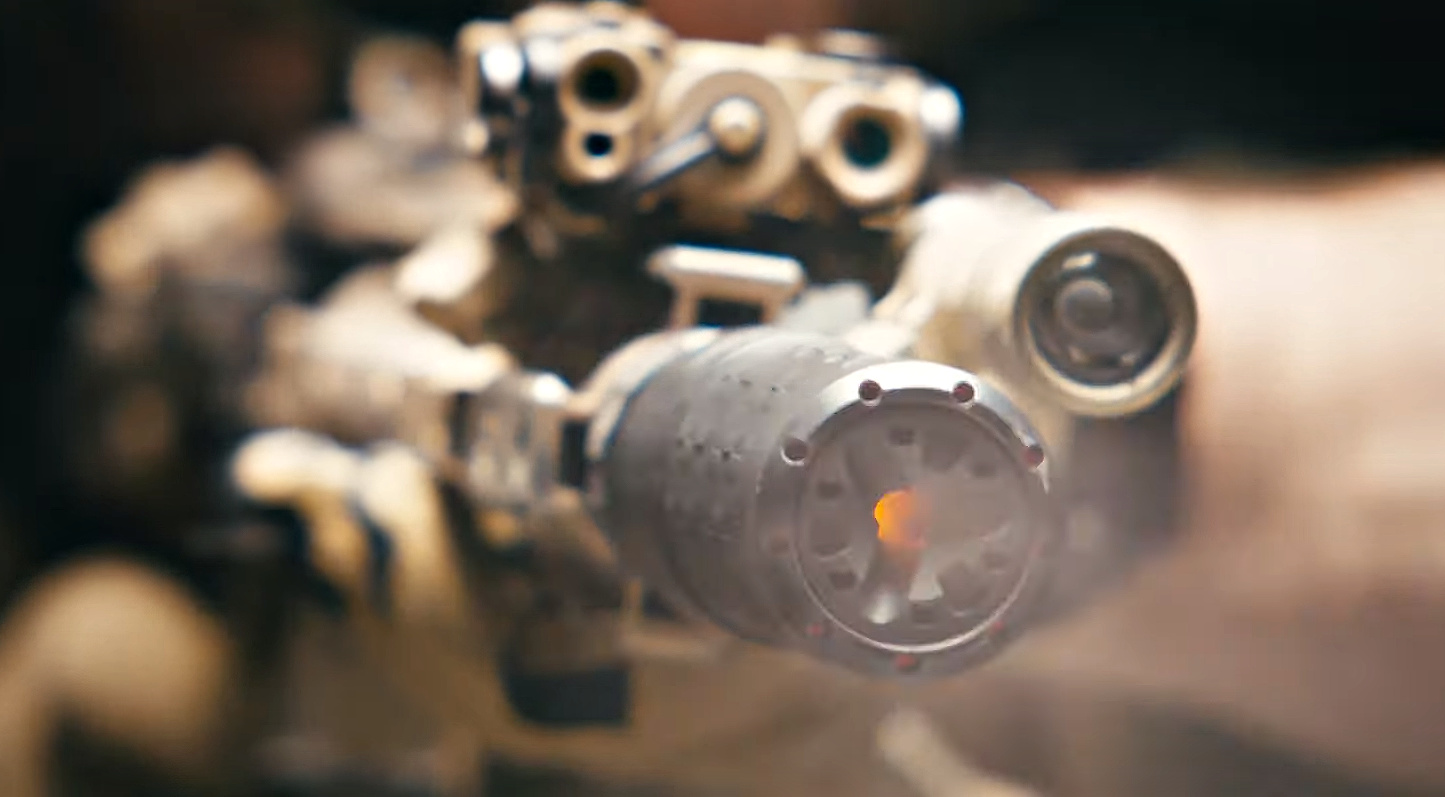
Does Subsonic Ammunition Work?
Yes, subsonic ammunition works well. While it’s not typically ideal for self-defense, it can still be effective due to its significant energy transfer on impact. For example, the 300 Blackout was designed as a subsonic load for close-quarters combat. Although supersonic loads move faster and have a flatter trajectory, subsonic loads still create significant wound cavities.
Although subsonic ammunition is favored by many shooters for use in conjunction with a silencer to enhance hearing protection, it’s also often used by hunters. There are countless subsonic hunting loads on the market with proven results.
As with all shooting, it’s all about shot placement and being familiar with what your gun and ammo can and cannot do at any given distance. Don’t try to exceed the effective range of your subsonic ammunition and you’ll be just fine. Also take into consideration the size of the animal you’re hunting, because the bigger the target, the less likely subsonic is to give you the best results.
Should You Use Subsonic Ammunition With a Silencer?
You don’t have to use subsonic ammo with your silencer, but if you do it can reduce decibel levels even more. The extra reduction benefits your hearing and minimizes the sound signature you leave on an area. Pairing subsonic ammo with a silencer offers notable advantages and is well worth considering.
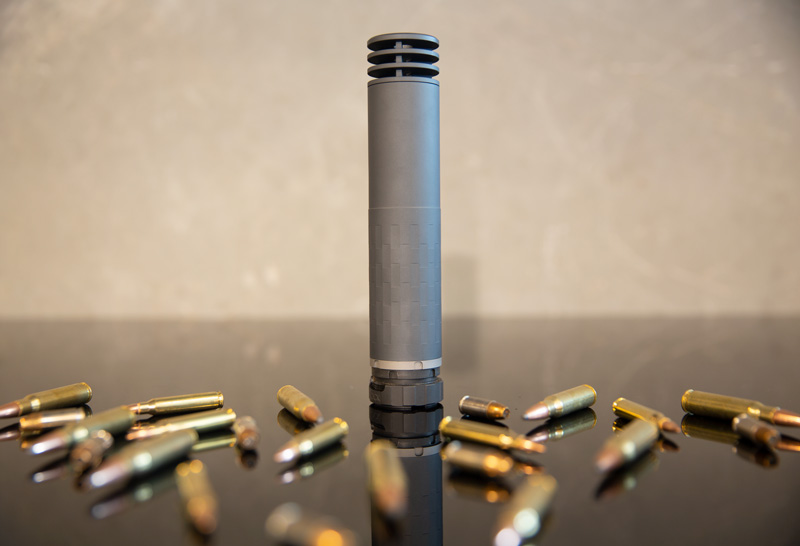
Where Can You Get Subsonic Ammunition?
Subsonic ammunition can be purchased from licensed online dealers and brick-and-mortar gun stores. Packaging will clearly indicate if the ammunition is subsonic and often includes recommended barrel lengths.
Some calibers like 45 ACP are inherently subsonic, usually producing under 1100 feet per second of velocity. However, there are still specific subsonic loads for 45 ACP. Do your research and pay attention to listed velocity and you’ll do just fine. Adding subsonic ammunition to your range bag is a fantastic way to get the most out of your suppressed firearm.


